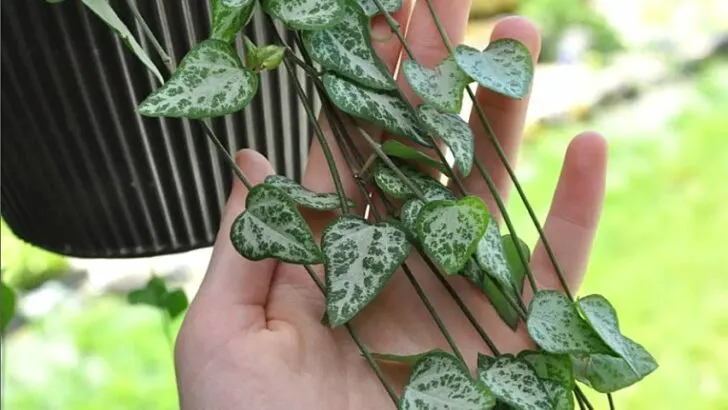Today I am chatting about a fabulous plant that I found at my local nursery. I had a dull spot where I thought a hanging plant would be ideal and this one did the job!
The plant is called String of Spades. If you imagine a spade shape on a deck of cards, you have a great idea of what the leaves look like.
The string is a reference to the long trailing evergreen branches that hang downwards, creating a very attractive display.
The plant offers lovely dark green leaves with lighter cream-colored veins and a purple hue on the underside. I am looking forward to the show of pink and purple flowers that will appear in spring.
The String of Spades is less well known than the other member of its family, the String of Hearts. Both belong to the Ceropegia succulent family.
The official name of the String of Spades is Ceropegia linearis ssp. Woodii. This species is native to the southern regions of Africa, including South Africa and Zimbabwe.
The String of Spades is incredibly easy to care for. I have hung mine on an enclosed patio where it will be sheltered from strong winds and extremes of temperature.
Read below so you’ll know the proper way of caring for your String of Spades.
Table of Contents
String of Spades Plant Care
The String of Spades requires well-draining sandy soil that is not rich or moist. East or west-facing rooms with bright yet indirect sunlight for a few hours daily are ideal. Best temperatures are above 55°F (13°C) with average humidity. It is not frost-tolerant. Fertilize in spring and summer.
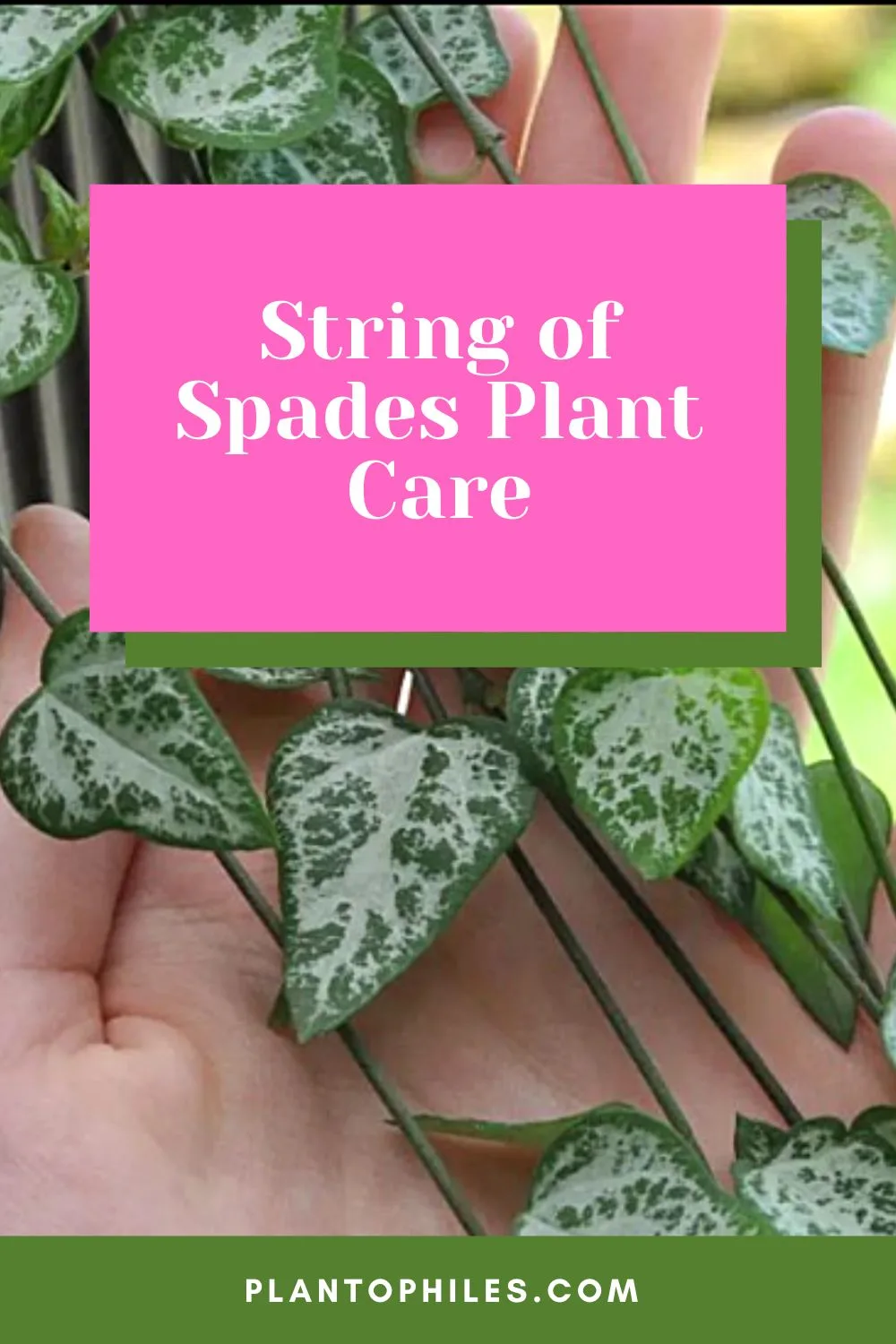
String of Spades Plant Care
Soil
The String of Spades grows naturally in rocky and sandy conditions and enjoys well-draining soil. Avoid rich topsoil that retains moisture. It does best in slightly acidic soils that have pH readings between 5-7. You can enhance the soil using a water-soluble fertilizer once or twice yearly.
The String of Spades grows naturally in sandy and rocky habitats. It prefers soil that is well draining and does not retain moisture.
Don’t choose your rich, moisture-retaining potting soil for this plant, it will not be happy.
If you are buying soil from your local nursery, ask for a cactus compost mix. This will be ideal for String of Spades as it is a succulent.
Well-draining, sandy soil allows the water to run out of your container after you have watered your plant.
Make sure the water shouldn’t accumulate at the container’s bottom as this will cause root rot. To prevent drainage holes from getting blocked, place small pebbles in your pot before filling it with soil.

Placing small pebbles in the String of Spades’ pot helps prevent the drainage holes from being blocked
Strings of Spades thrive best in soil that is slightly acidic. Use a home pH testing kit and check that the reading is between 5.0 and 7.0.
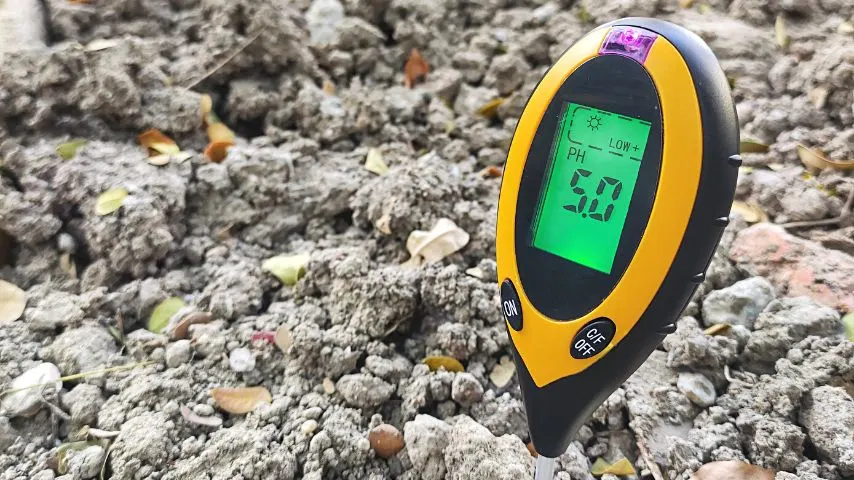
As the String of Spades plant thrives in slightly acidic soil, it’s best to check the soil’s pH first with a pH testing kit
Light
String of Spades enjoys filtered sunlight. It does best in east and west-facing rooms getting cool direct sunlight early in the morning or late afternoon. This plant tolerates partial shade but won’t thrive in very shady spots. Find a spot that gets 3 to 6 hours daily indirect sunlight.
String of Spades thrives best in spots with bright, indirect sunlight. Direct sunlight will damage your plant and burn the leaves.
East and west-facing rooms are ideal as they get limited sun in the early morning and the late afternoon. Place your String of Spades plant away from the window by a few feet where it won’t be in the direct sunlight.
If you want to keep the plant nearer to the window, a sun-filter curtain will be ideal to protect it from direct sunlight.
Watering
The String of Spades enjoys a soil that’s well-draining and dries out completely between waterings. Do not over-water your plant, it is a succulent and can survive with very little water. Ensure that your soil does not become soggy. Water infrequently during the winter months.
The sandy and rocky regions of southern Africa are home to the String of Spades. The soil doesn’t retain water in these areas and is dry for many months of the year.
The String of Spades belongs to the succulent family and can survive on very little water.
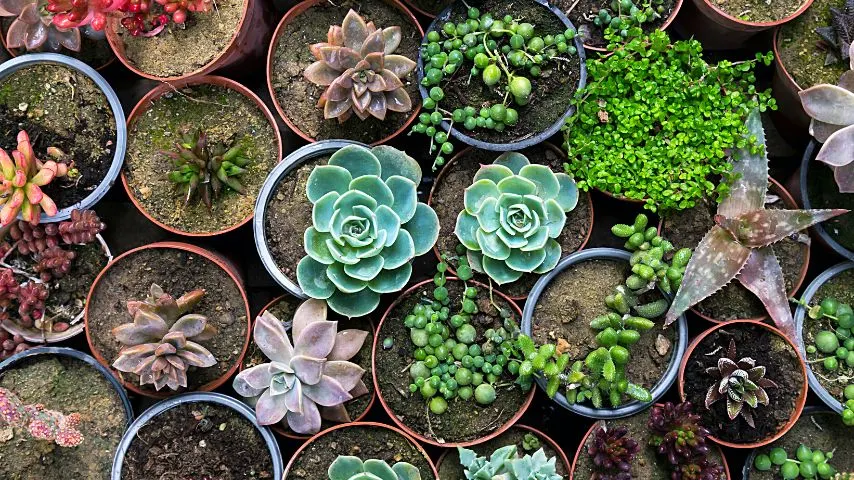
The String of Spades plant belongs to the family of succulents and can survive on little water
Your soil should be well-draining and not retain water. Ensure that the water manages to run out of the holes at the base of your container.
In the summer, allow the soil to become fully dry first before watering it again. This will depend on your climate and humidity levels, but you should not water more than once a week at the most.
In the winter months, you can water very sparingly.
Collecting rainwater for your plants is a great idea. Tap water is filled with chemicals that build up in the soil and may eventually damage your plant.
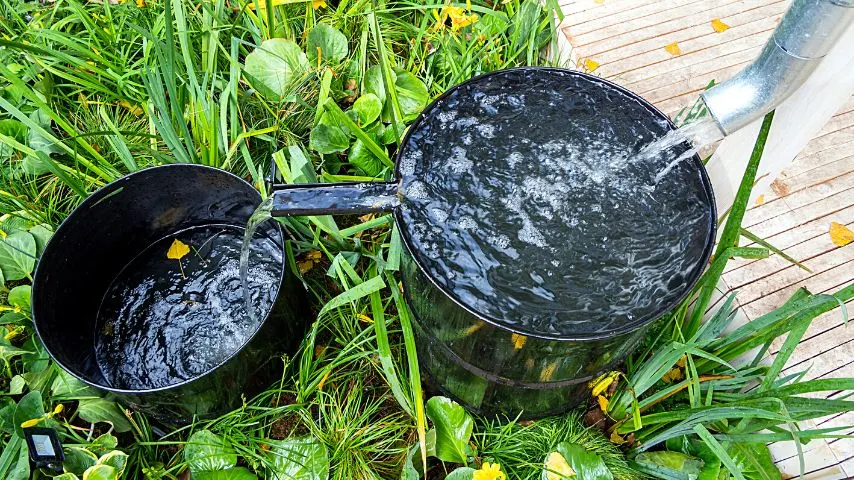
Collecting rainwater for your String of Spades plant is better than using tap water for watering it
Temperature
String of Spades thrives in USDA Cold Hardiness Zones 10, 11, and 12. It does best in temperatures above 55°F (13°C). It does not enjoy cold and should not be exposed to temperatures below 40°F (4°C) for long periods of time. It is not frost-tolerant and intolerant of direct sun or excessive heat.
The warm sandy regions of southern Africa offer the perfect climate for String of Spades. In the USA, your plant will do fine in USDA hardiness zones 10, 11, or 12.
The best temperature range is above 55°F (13°C) but can go as high as 70°F (21°C). Try to keep your room temperature above 40°F (4°C) in the winter months.
If necessary, you can heat your room to keep your plant happy. But, don’t place your plant in front of warm drafts from air conditioners.
This plant is not frost tolerant and won’t be happy in very hot direct sunlight.
Humidity
The String of Spades prefers average humidity. Its natural habitat is warm and not very wet. Your average home with a humidity of around 40% to 50% will be ideal. If your region is very humid, you could consider installing a dehumidifier to dry out the air.
The String of Spades does best in conditions of average to low humidity.
An average home with a humidity of 40% to 50% will be ideal for your plant.
If your climate is very humid, you could consider installing a dehumidifier to dry out the air. Humid, damp, and stuffy rooms encourage fungus and bacteria to breed, and this is not good for your plant.
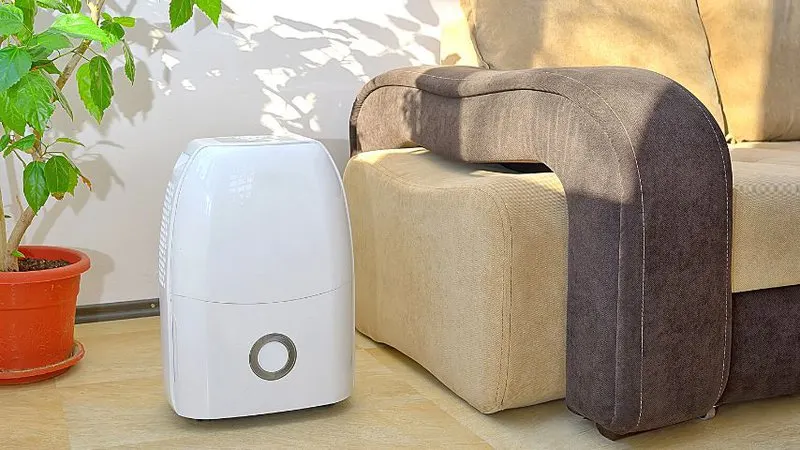
As the String of Spades plant is a succulent and can thrive in dry climates, it’s best to have a dehumidifier to dry out the air
Being a succulent, String of Spades can tolerate drier air for longer periods of time. If you are concerned about dry air, mist spray your plant very lightly at infrequent intervals.
Fertilizer
Fertilize your String of Spades once to thrice a year during the growing season. Use a water-soluble fertilizer and dilute it to half the strength. Do not fertilize in winter. Do not overfeed your plant as this can damage the roots.
The String of Spades does not require excessive fertilizing. You can fertilize it one to three times yearly during spring and summer.
It isn’t necessary to fertilize in winter.
My expert at my local nursery suggested using water-soluble fertilizer and diluting it to half the strength. Water-soluble fertilizers are easily broken down and your plant will get an instant boost of nutrients.
Pour the fertilizer onto the soil, but be very careful to avoid splashing it directly onto the plant. Fertilizers can burn leaves and stems and cause damage.
Growth
The String of Spades grows to a height of 4 inches (10cm) and has a spread of 40 inches (1m). The trailing branches can reach lengths of 40 inches (1m). The leaves are spade-shaped, dark green with cream-colored veins. Small pink and purple flowers appear in spring and summer.
This lovely trailing plant takes up to 5 years to reach maturity. During that time it can grow to a maximum height of around 4 inches (10cm) with a spread of 40 inches (1m).
The trailing branches can reach lengths of 40 inches (1m), making this a very attractive choice to grow as a hanging plant in a decorative pot.
The plant is named for the shape of the leaves that resemble a spade in a deck of cards. The leaves are dark green with cream-colored veins.
The undersides are sometimes tinged with purple. The leaves grow abundantly on the long trailing stems.
I love evergreen plants as they provide interest all year round and never look bare and sad.
In spring and summer, you will be delighted to see a display of lantern-shaped pink and purple flowers. The flowers have no significant fragrance.
This plant holds a Royal Horticultural Society’s Award of Garden Merit.
Potting
Plant your String of Spades into well-draining sandy soil. Do not use moist, rich potting soil. Don’t choose a pot that is too big, this plant looks best in smaller pots where the branches can trail over the sides. Ensure the pot you’re using has drainage holes for all of the water to seep out.
The String of Spades is easy to plant. Choose a decorative hanging pot that is not too large.
This plant looks better in a smaller pot that allows the branches to trail downwards over the sides.
Fill your pot with cactus mix, sandy soil, or sandy-loam soil. Don’t use your normal rich, moisture-holding potting soil.
The String of Spades prefers dryer, sandy soil that does not retain water.
Create a hole in the pot’s center. Remove your plant from its packaging and shake off any loose soil.
Check for dead or damaged roots and trim them off. Place your String of Spades into the hole and fill it with soil.
Water well and allow it to drain. Empty any water that may have accumulated in the saucer under your pot.
Hang your plant in a pot that gets indirect filtered sunlight in the early morning or late afternoon. Do not place it in direct sunlight.
Pruning
The String of Spades are slow growers and only need minimal pruning. You can trim back branches that are getting too long to maintain a neat appearance. Trim off any branches that are damaged, broken, or look unhealthy.
Your String of Spades is a slow grower and needs little or even no pruning. If the branches are becoming too long and straggly for your hanging pot, you can trim them back.
Check for damaged stems or leaves and trim them off.
String of Spades In-Depth Propagation Guide
You can easily propagate String of Spades from stem cuttings. Follow the steps below!
Propagate Strings of Spades by Stem Cuttings
- Propagate the String of Spades in early summer
- Prepare a working space
- Sterilize a small cutting tool
- Snip off a healthy stem just below a leaf joint to a length of 4 to 6 inches (10cm to 15cm)
- Gently pull off the lower leaves using your fingers
- Place the stem into a glass of water
- Keep it in a spot with a temperature of 72°F to 77°F (22°C to 25°C)
- Roots should appear within 2 weeks
- Fill a small pot with cactus compost
- Remove the stem from the water
- Push it into the soil so that it stands firmly taking care not to break the new roots
- Water the plant well
- Move the pot into its permanent home
View this post on Instagram
Common Problems with Strings of Spades
Pest Control
Strings of Spades are relatively pest-free. They can, however, be vulnerable to mealybugs, aphids, and scale insects.
In damper conditions, slugs and snails may infest the soil.
Remove scale insects by lightly spraying rubbing alcohol onto the pests. This will kill them and you can remove them with a damp cloth.
Aphids can be killed by using a strong blast of water. If this does not work, try Neem oil, insecticidal soaps, or horticultural oils.
Make sure that whatever you’re applying come into contact with the pests for them to work.
Wrinkled Leaves
This is a sign of under-watering. Your plant doesn’t like a lot of water, but too little will cause the leaves to wrinkle and dry out.
Water when your soil is dry and ensure that no excess water remains in your container.
Curling Leaves
This is a sign of too little light. Your plant cannot grow in total shade.
It requires at least 3 hours of indirect, bright sunlight every day.
Yellow Leaves
Leaves will turn yellow when your plant is too cold. Ensure that it is in a spot that is warm but not hot.
Move it away from draughts that come from air conditioners or vents.
Tips to Grow String of Spades Problem-free
- Plant in sandy soil that is well-draining
- Stand it in a bright spot with indirect sunlight
- Water only when your soil is dry
- Ensure that your plant has average home temperature and humidity
- Fertilize once or twice in spring and summer with a diluted water-soluble solution
- Do not over-water and do not fertilize in winter
Frequently Asked Questions about String of Spades
Is the String of Spades the same as the String of Hearts?
These two plants, although coming from the same family but have different shaped leaves. The String of Spades is a rarer variety and has leaves that are more spade-like in shape. In contrast, the String of Hearts have more rounded, heart-shaped leaves.
Is the String of Spades toxic?
The String of Spades is not toxic. This is a great decorative plant for any home.
Is it easy to take care for the String of Spades?
The String of Spades plant is easy to care for. This plant grows happily with minimum maintenance. Plant in sandy soil and do not over-water.
Conclusion
This is a fabulous plant to grow in a hanging pot on a patio or in a garden hideaway.
I am planning on pairing it up with a String of Hearts to add even more interest to my indoor garden.

Daniel has been a plant enthusiast for over 20 years. He owns hundreds of houseplants and prepares for the chili growing seasons yearly with great anticipation. His favorite plants are plant species in the Araceae family, such as Monstera, Philodendron, and Anthurium. He also loves gardening and is growing hot peppers, tomatoes, and many more vegetables.

